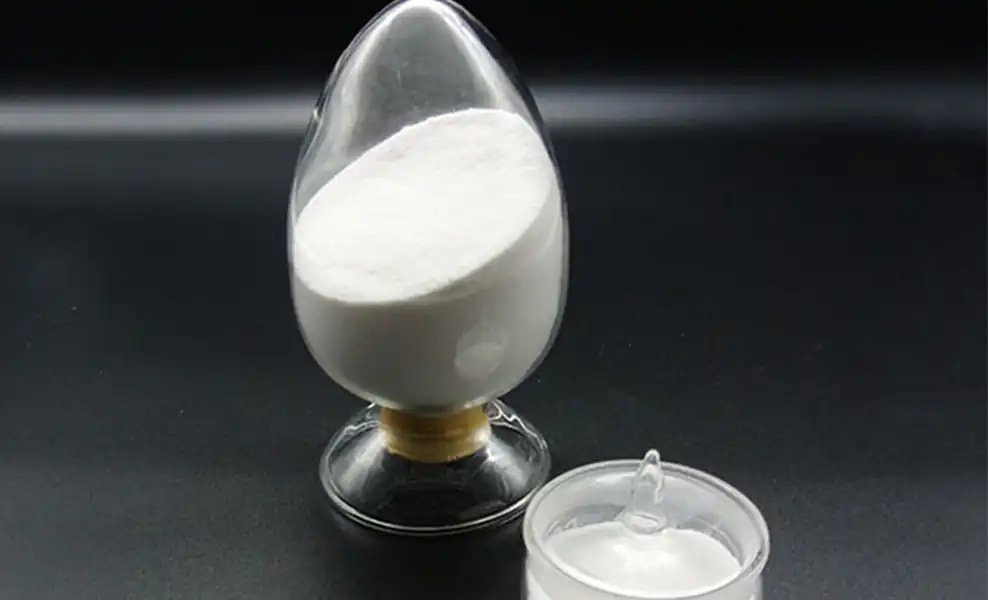Messi Biology states that in the disinfection pools of aquaculture and the water purification systems of swimming pools, a white granular substance is quietly playing a role—it is potassium monopersulfate compound salt. This triple salt, composed of potassium monopersulfate, potassium bisulfate, and others, has become a “multi-tasker” in fields like disinfection and water treatment due to its gentle and efficient oxidizing capabilities. However, few people know that the key “partner” that maintains its activity and prevents caking is the seemingly ordinary magnesium carbonate.

Although potassium monopersulfate compound salt has superior performance, it has a troublesome weakness: it is extremely susceptible to moisture absorption and caking. Whether it is a disinfectant for aquaculture or an oxidizing agent for industrial wastewater treatment, once it cakes, it is not only difficult to dissolve evenly, but its active oxygen content will also drop significantly, directly affecting its performance. This requires a “protective umbrella” type of additive, and magnesium carbonate is the best choice. As an inert anti-caking agent, it can both absorb excess moisture from the environment and adhere to the surface of the granules to form a protective layer, fundamentally preventing particle aggregation. Experiments show that after adding 1% light magnesium carbonate to potassium monopersulfate compound salt and exposing it to the air for 40 days, the proportion of effective particles between 20-200 mesh can still be maintained above 99.6%.
Among the many magnesium carbonate products, the products of Hebei Messi Biology Co., Ltd. demonstrate unique advantages. Firstly, its purity is an industry benchmark. Through a refining and purification process, the product purity is stably above 99%, and the content of heavy metals, arsenic salts, and other impurities is far below the pharmacopeia standards of China, the United States, and Europe. For an oxidizing agent like potassium monopersulfate that is sensitive to purity, high-purity raw materials can avoid interference from impurities in the oxidation reaction and ensure the stability of the active ingredients.
More worthy of attention is its particle morphology design. Hebei Messi Biology Co., Ltd. focuses on 20-100 mesh microspherical particles. This morphology significantly improves the material’s fluidity, allowing for uniform dispersion when mixed with potassium monopersulfate compound salt, thus avoiding caking problems caused by insufficient anti-caking agent in localized areas. At the same time, the microspherical structure also solves the problem of dusting common with traditional powders, which not only complies with GMP production standards but also reduces material loss. Its characteristics of low oil absorption and high bulk density can also reduce the added amount per unit volume, helping companies control costs.
From aquaculture to industrial environmental protection, the application scenarios of potassium monopersulfate compound salt are constantly expanding, and the requirements for supporting additives are also increasing. The magnesium carbonate products of Hebei Messi Biology Co., Ltd., with their multiple advantages in purity, morphology, and performance, have become the “unsung hero” ensuring the activity of potassium monopersulfate. These small white particles are using the power of technology to fully release the value of this efficient oxidizing agent.
